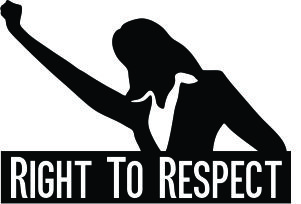Children go to school to become educated, gain social skills, develop and sharpen their talents, learn independence, improve their communication skills, and the list continues. However, school can be stressful for a kid due to bullying. This can happen in different forms, including name-calling, derogatory remarks, physical bullying, rumors, and hurtful texts or social media content. If your child experiences any of these actions, they can suffer physical, social, and mental health problems. Therefore, you should make a move sooner rather than later.
But how can you tell if your kid is being bullied? Of course, they can disclose it to you. But if not, look out for signs like unexplained injuries, constant aches, avoiding socialization, not being happy when going to school, always looking for excuses to skip school or switch schools, a decline in performance, low self-esteem issues, lack of appetite, and trouble sleeping. Talk to him or her in a friendly way when you notice any of these signs.
Once you confirm that your child is experiencing bullying, you need to act accordingly. The following are four actions to take.
Listen Attentively
When talking to your child, ask open-ended questions and listen to their answers carefully. You should learn how it occurred and who is responsible. It may be hurtful to listen, but you need to remain neutral. Do not make any judgments. They need to know that you acknowledge their feelings and will help.
In addition, ask if they know why they were harassed. This can be the hardest question. Were they bullied because of their race, skin color, hair type, gender, sexual orientation, national origin, or disability?
You need to tread carefully with this question as you don’t want to make him or her feel responsible. They should know you want to obtain information and find the best way to move forward, not make the action excusable.
Document Everything
If your child was physically bullied, take pictures of the injuries. If they are being cyberbullied, take screenshots of the texts, emails, or social media posts. Additionally, if they were verbally bullied, write down the other party’s statements. You should also take photos of any damaged belonging.
It will help to create a timeline of how everything happened. Thus, when asking questions, ensure they tell you when or what period it occurred. You can show your facts to someone you trust to confirm that everything is correct.
Find Out if the School was Aware
You should report each bullying incident to the school. Contact your child’s teacher or the principal to make an official complaint. You also need to find out if the school was aware. Unfortunately, some may not inform you that they had received the complaint, even if your child tells you they reported it. For this reason, you can contact the parents of your kid’s friend(s).
The chances are your child will tell you about the people who were around when they reported. Reach out to them for a follow-up. You can also contact the school’s guidance counselor to check if they received such a case.
If the school was aware of the bullying, yet didn’t inform you, seeking legal advice can be your next step.
Sue the School
A school may be liable for bullying if they were aware but didn’t act or responded incompetently, if the child was bullied for belonging to a protected class, or if the bullying was severe, creating a hostile school environment, which affected a child’s ability to learn. The law may require schools to take action to protect students from bullying. Hence, if your case meets the aforementioned factors, you can sue the school. A lawyer should guide you on the most suitable solutions.
Bullying is a serious issue and should be handled as such. If your child is being bullied at school, consider using these actions to protect them.
Fill out the form below and we can put you in touch with a lawyer who can answer your questions.














Comments